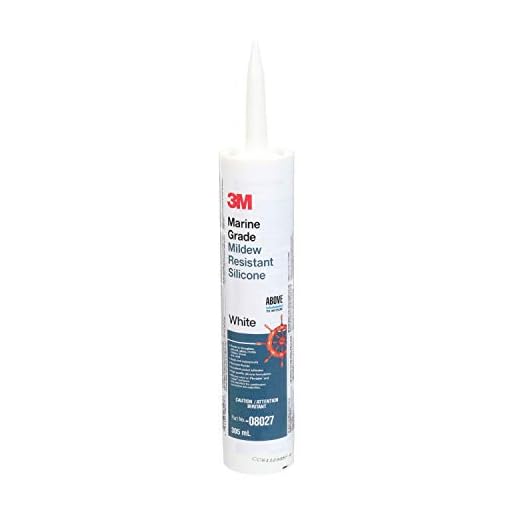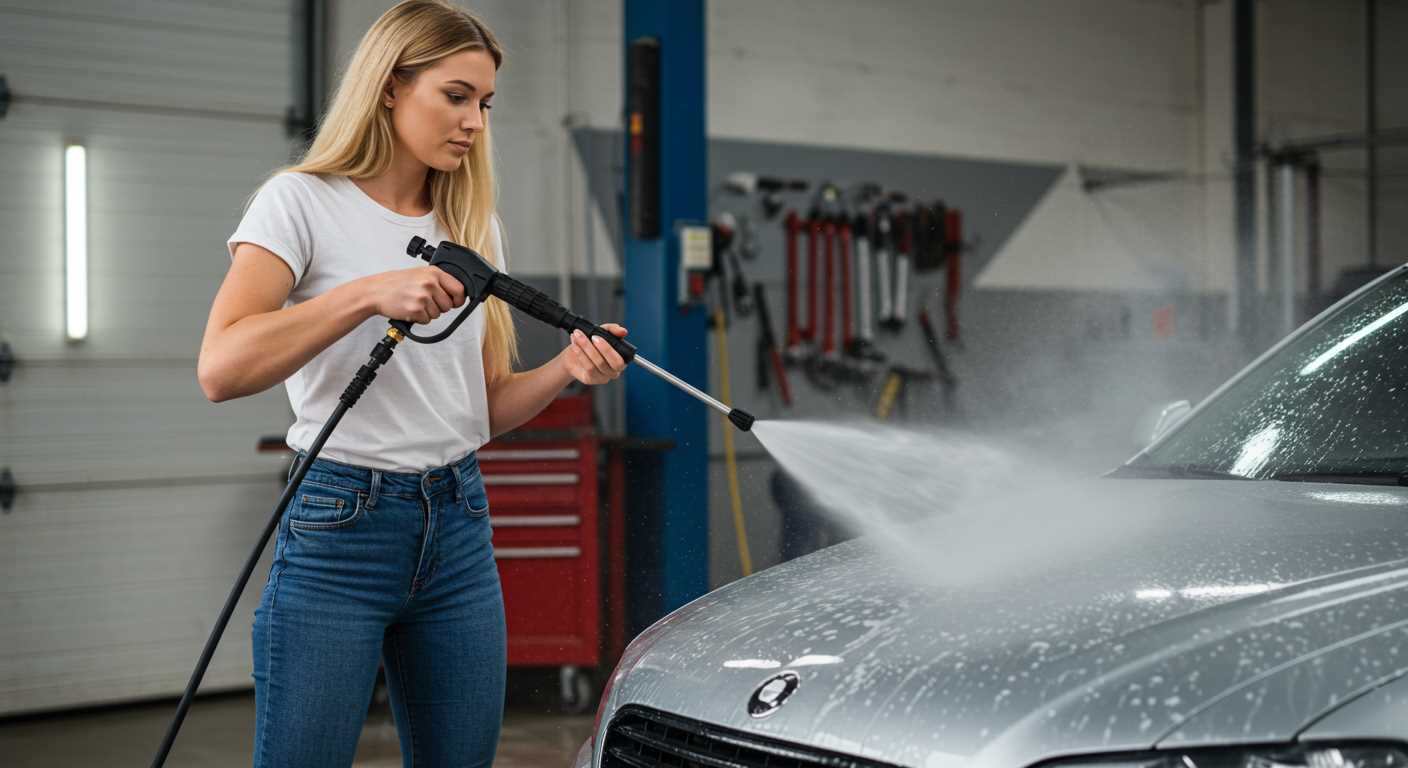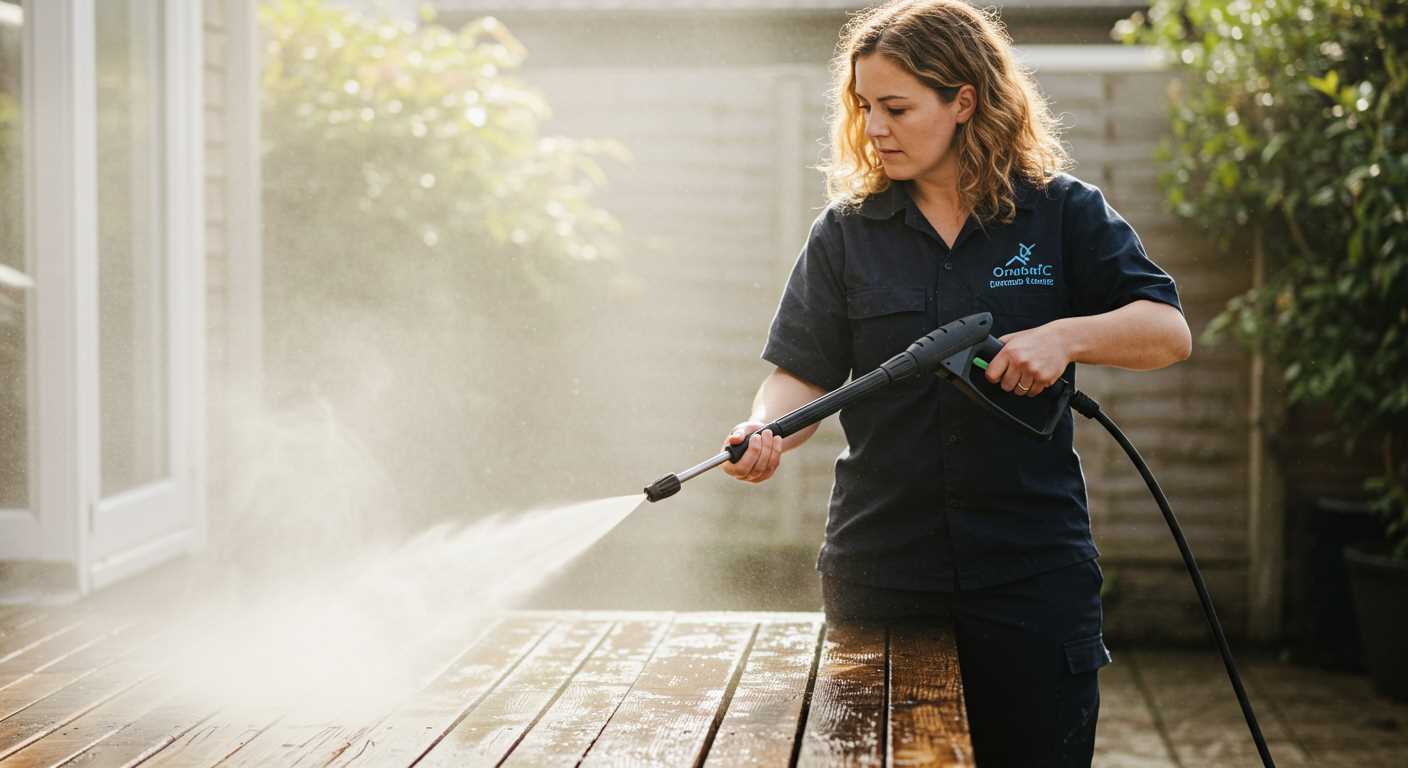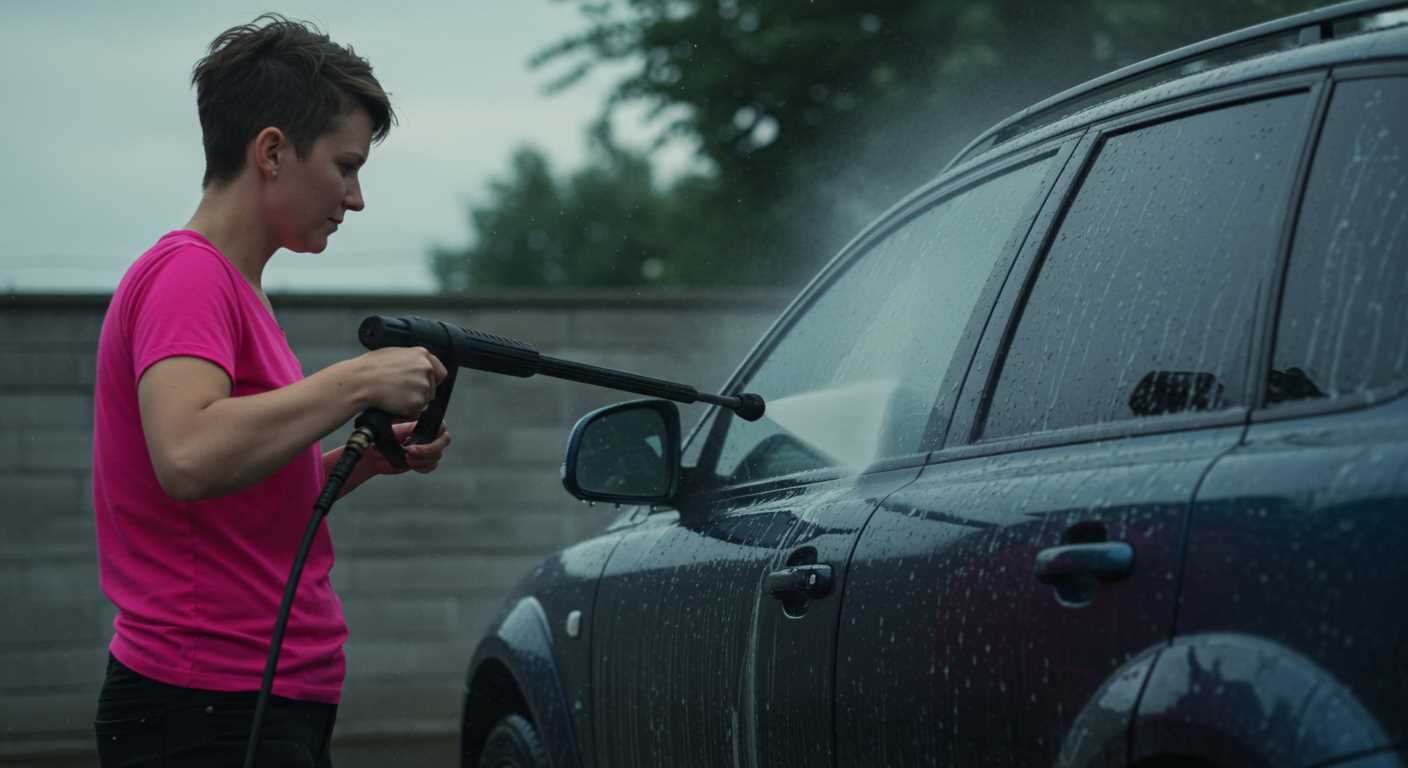



Using a simple mixture of vinegar and warm water serves as a remarkable solution for tackling grime and dirt. Combine one part vinegar with one part water in a spray bottle, apply liberally, and let it sit for about 15 minutes before scrubbing with a stiff-bristle brush. This method is not only efficient but also environmentally friendly.
Asecond approach involves utilising baking soda as a gentle abrasive. Create a paste by mixing baking soda with a small amount of water. Apply this paste to stubborn stains, allowing it to sit for approximately 10 minutes. The scrubbing action with a brush afterwards will lift the residue without damaging the surface.
In cases where mildew or mould has settled in, a more potent solution comes into play. Mixing one cup of bleach with a gallon of water can effectively eliminate these unwelcome growths. Ensure proper ventilation during this process, and always test a small, inconspicuous area first to avoid discolouration.
Finally, for a comprehensive clean, consider using a simple garden hose fitted with a spray nozzle. This can help remove loosened debris after treatments, ensuring that spaces are left spotless and ready for use.
Choosing the Right Cleaning Solution for Your Deck
Opt for a solution that combines effectiveness with safety for various materials. A gentle detergent mixed with warm water often suffices for routine maintenance, while specialised formulas target mould and mildew.
Common Ingredients
| Ingredient | Purpose |
|---|---|
| Dish Soap | Removes light dirt and stains |
| White Vinegar | Natural mould and mildew remover |
| Baking Soda | Acts as a gentle abrasive for scrubbing |
| Oxygen Bleach | Targets tough stains while being eco-friendly |
| Commercial Cleaners | Formulated for specific materials; follow label instructions for best results |
Prioritise eco-friendly options, especially for wood surfaces, as harsh chemicals often cause damage over time. Always test any solution on a small, inconspicuous area first to ensure compatibility.
Mixing Ratios
For basic cleaning, a mixture of one part detergent to ten parts water usually works well. For tougher stains, increase the detergent concentration or add vinegar in equal parts. Adjust ratios based on surface conditions and desired outcomes.
Preparing the Deck Surface for Cleaning
Begin by removing all furniture, planters, and any other items from the surface. This ensures unobstructed access and prevents damage to personal belongings during the process. Pay attention to hard-to-reach spots where dirt can accumulate.
Inspecting the Area
Examine the area thoroughly for debris, including leaves, twigs, and dirt that may have settled in corners or along edges. Clearing this debris with a broom or a dustpan is essential to prevent clogging during the scrubbing phase.
Treating Stains and Mildew
Identify stains or signs of mildew. For stubborn spots, apply a suitable stain removal solution directly onto the affected area, allowing it to penetrate for a few minutes to loosen grime. Scrubbing lightened areas with a stiff brush will help lift the residue before conducting a deeper clean.
Using a Broom and Scrub Brush Technique

For quick and effective results, a sturdy broom paired with a scrub brush works wonders. Begin with a quality broom to remove loose debris like dirt, leaves, and dust from the surface. Opt for a broom with synthetic bristles for durability; it ensures no damage occurs to the wood or composite material.
Technique for Thorough Cleaning
After sweeping, mix a suitable cleaning solution with water according to manufacturer instructions. Apply the mixture evenly across the surface, ensuring thorough coverage. Allow a brief dwell time, typically around 10-15 minutes, letting the cleaner penetrate and loosen grime.
Using a scrub brush, work in small sections. Focus on high-traffic areas and spots with visible stains or mildew. Employ firm, circular motions to lift embedded dirt. For stubborn stains, lean into the brush and repeat the process, adding more cleaning solution if necessary.
Finishing Touches

Once scrubbing is complete, rinse everything down with a clean water source, such as a garden hose. Ensure no residue remains, as it can lead to slipperiness or discolouration when the surface dries. Allow ample time for the material to air dry before placing any furniture or decorative items back in position.
Implementing a Homemade Cleaning Solution
A highly effective homemade cleaning solution can be crafted using readily available household items. Begin with a simple mixture of vinegar and baking soda. Combine one cup of vinegar with one cup of baking soda in a bucket. This potent blend creates a fizz that lifts dirt and grime effortlessly when applied.
Next, add a few drops of dish soap to the mixture for enhanced degreasing capabilities. The soap acts as a surfactant, breaking down grease and muck more efficiently. Fill the bucket with warm water, stirring gently to combine all the ingredients into a consistent solution.
Applications for the Solution
Once the mixture is prepared, use a scrub brush to apply it liberally over the surface. Allow it to sit for 15–20 minutes to penetrate stubborn stains. For stubborn spots, reapply and use a scrubbing brush or cloth to work the solution into the affected areas. Rinse thoroughly with a garden hose or a bucket of clean water to remove residue after the dirt has been lifted.
Additional Considerations

For enhanced effectiveness, consider incorporating essential oils like tea tree or lemon oil, which not only contribute pleasant scents but also add natural antibacterial properties. Adjust the concentration of vinegar or baking soda according to the level of dirtiness; more substantial dirt might require an increased ratio of these active ingredients.
Always conduct a spot test in an inconspicuous area before applying the solution broadly, ensuring compatibility with the surface material. A homemade approach not only is eco-friendly but also saves on costs while delivering impressive results.
Rinsing Off the Cleaning Solution Properly
Use a garden hose with a spray nozzle for an effective rinse. Adjust the nozzle to a medium setting, ensuring a steady flow without being too forceful, which could cause damage to the wood or surface. Start at one end and work your way systematically across the area.
Begin rinsing from the top of the surface, allowing the water to flow downward. This method helps in removing any residual cleaning agents while preventing build-up in corners and crevices. Ensure that all areas are treated thoroughly, paying special attention to spots where the solution might have pooled.
Consider rinsing on a cloudy day or during cooler temperatures to maximise the solution’s effectiveness and avoid premature drying, which can leave streaks. If stubborn residue remains, a gentle scrub with a soft-bristle brush during rinsing can assist in breaking it up.
After rinsing, inspect the surface for any missed spots. If necessary, repeat rinsing in those areas to ensure that no cleaning solution lingers, as it could attract dirt and grime over time.
Finally, allow the surface to dry completely. This aids in preventing any water stains or damage, setting the stage for a refreshed look. A clean, well-rinsed surface enhances the appeal and longevity of the area, contributing to its maintenance for years to come.
Dealing with Stubborn Stains on Your Deck
To tackle stubborn blemishes, first identify the stain type. Each requires a tailored approach for optimal results.
Common Stain Types and Solutions
- Grease and Oil: Apply a mixture of baking soda and dish soap. Let it rest for about 15 minutes before scrubbing gently with a brush.
- Mould and Mildew: Combine equal parts water and white vinegar. Spray the affected areas generously, allowing it to sit for 30 minutes. Scrub thoroughly afterward.
- Rust: Use a specific rust remover or a paste made from baking soda and water. Apply on the stain, leave for an hour, and brush off.
- Wood Discoloration: Sanding may be necessary for deep discolouration. Lightly sand the area, followed by a wood brightener to maintain appearance.
Additional Tips for Effective Stain Removal
- Test any solution on a small, inconspicuous area to ensure no damage occurs.
- Always scrub with the grain of the wood to avoid scratches.
- Rinse thoroughly after each treatment to avoid residue build-up.
- For extremely tough stains, repeating the process may be necessary for complete removal.
Patience is key; some stains might take multiple applications for effective removal. Always ensure the surface is completely dry before applying any protective coatings afterwards.
Maintaining Your Deck After Cleaning
Regular upkeep extends the life of outdoor surfaces and enhances beauty. Begin by applying a high-quality protective sealant as soon as the cleaning process concludes, ensuring the wood remains shielded from moisture and UV damage. Select an appropriate product based on material type–oil-based finishes offer deep penetration, while water-based options dry more quickly.
Routine Inspections
Conduct frequent evaluations for signs of wear, such as splintering, fading, or mould growth. Addressing these issues promptly saves time and resources. In case of minor damage, utilize a wood filler to patch small cracks and chips. For extensive wear, consider sanding down affected areas before reapplication of sealant or stain. This procedure maintains a uniform appearance.
Seasonal Cleaning Practices
Prior to each season, sweep debris away to prevent moisture retention and staining. Dislodge sticks, leaves, and other organic matter that may lead to mould growth. After rainy or snowy periods, inspect for dampness, and allow adequate drying time before any treatment. Following these steps guarantees optimal longevity and aesthetic appeal.
FAQ:
What are the best cleaning methods for a deck without using a pressure washer?
Cleaning a deck without a pressure washer can be effectively achieved using several methods. One common approach is to use a broom or a stiff brush to remove loose debris and dirt. For deeper cleaning, a mixture of warm water and mild dish soap can be applied. Use a scrub brush to work this solution into the wood, ensuring to get into all the grooves. After scrubbing, rinse the deck thoroughly with a garden hose to remove soap residue. Another option is to create a solution of vinegar and water, which acts as a natural cleaner and can help eliminate mildew. For stains, consider using baking soda as a gentle abrasive to scrub stubborn areas. Regular maintenance will make these processes easier over time.
How often should I clean my deck if I’m not using a pressure washer?
The frequency of cleaning your deck largely depends on its usage and exposure to the elements. Generally, it is advisable to clean your deck at least twice a year—once in the spring and again in the autumn. If you live in a particularly rainy area, or if your deck is surrounded by trees that shed leaves or sap, you might need to clean it more frequently. Additionally, regular maintenance, such as sweeping away debris and wiping up spills promptly, can help keep your deck looking good year-round. By maintaining a cleaning schedule, you not only enhance the appearance of your deck but also prolong its lifespan.
Can I use common household items to clean my deck, and how effective are they?
Yes, many common household items can be used to clean your deck effectively. For instance, white vinegar is an excellent natural cleaner that can help remove stains and neutralise odours. When diluted with water, it creates a powerful solution for cleaning wooden decks without harsh chemicals. Baking soda serves as a gentle abrasive cleaner, perfect for scrubbing tough spots. You can also use mild dish soap mixed with warm water for general cleaning. While these household solutions may not be as strong as commercial cleaners, they are often sufficient for regular maintenance and provide a more eco-friendly option. Keep in mind that consistency in cleaning helps maintain the deck’s condition.








